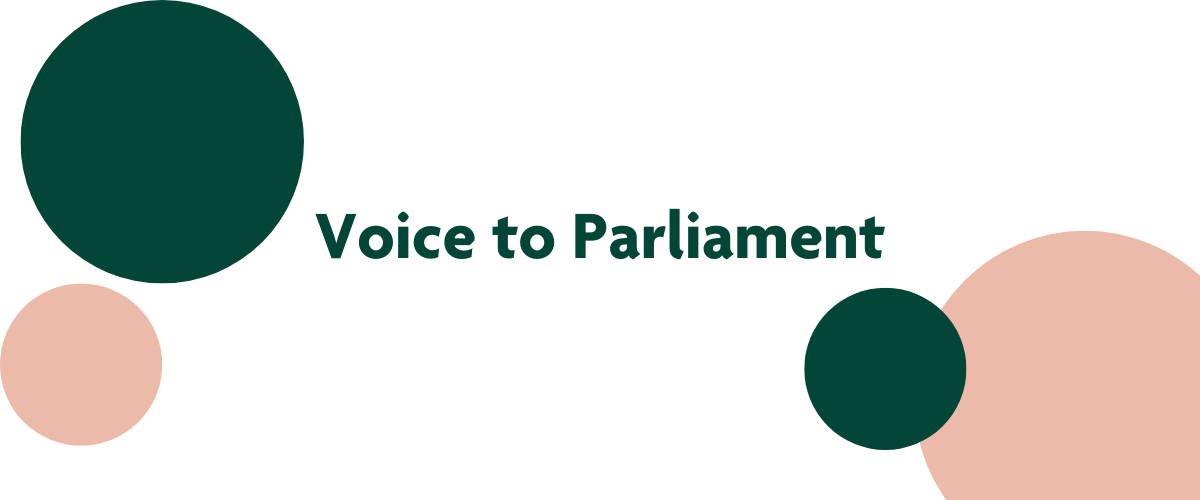Living in a safe society
So you or your loved ones have decided to turn a new leaf to put exercise back on the agenda. But winter is coming, the days shorten, and a challenge emerges. Do you feel safe heading out for a walk or run in the morning darkness?
This is a classic example of how community confidence in a safe and protected society has a direct impact on the way we live our lives. At Cube Group, community confidence is one of our four public value markers with safety and protection featuring on our Public Value Compass as a key public value outcome. This article explores the idea of safety and protection as a public value outcome in more detail.
Why is Safety & Protection important as a public value outcome?
The Australian Bureau of Statistics (ABS) sums up the public value of safety and protection nicely: “If people feel unsafe, this can influence their socialisation patterns through limiting or avoiding social activities, and can reduce trust within neighbourhoods by weakening an individual’s sense of community.”
In other words, individuals and communities that feel safe and protected have a sense of confidence in the system. Where such confidence exists, there is greater cooperation between people, communities actively look after each other formally and informally, and people have a greater sense of freedom at home and in public.
Though simple to envisage, achieving the outcome of a safe society is incredibly complex as there are many factors involved that reach beyond the more obvious elements such as law and order.
How is Safety & Protection addressed in Australia?
Australia is currently ranked 15th in the world on the Global Peace Index (GPI), a product of the Institute for Economics and Peace (IEP) that ranks countries around the world according to their ‘peacefulness’. The metrics used to determine this ranking include items such as war, risk of terrorism, political instability, organised crime, and level of violent crime, amongst others.
If we distill the essence of these metrics, what we see are essentially two types of safety and protection systems that work in conjunction to enable confidence for individuals and the communities they live in.
Government, Authorities and Regulatory Bodies
At all levels of government, there exist numerous laws, regulations, systems, and public policies that contribute to community confidence in safety and protection. To enact all of these requires a great divergence of organisations whose ultimate aim is ensure the safety and protection of both communities and individuals. The most obvious organisations that come to mind are emergency services such as fire, police, and ambulance and the Australian Defence Force. These bodies provide communities with the peace of mind that if something drastic were to happen, someone would come along to help. However there is a range of other, less obvious, organisations, institutions, and systems that play a vital role in developing community confidence by supporting a safe and protected society, such as:
- Australia’s constitution, in which elements such as freedom of expression and secularism are enshrined
- The protection of human rights in Australia by the Australian government and independent authorities
- The upholding of political and civil rights by law enforcement agencies, contributing to political stability
- Independent justice bodies such as courts and prisons, who foster community confidence by protecting and enforcing the rules that govern our social contracts
- Transport authorities, who not only enable connectivity between communities, but ensure that people who travel on them can do so safely. For example, Australia was the first country in the world to introduce mandatory wearing of seatbelts, which immediately reduced the death toll by 10%
- A wide range of regulatory bodies – such as liquor, taxi, workplace, and building regulators and commissions – who ensure that whatever industry they manage, safety standards are applied as a key outcome
- Local councils, who ensure that the local infrastructure and communal assets they look after such as roads, parks, and lighting, are well-designed to contribute more broadly to a feeling of community confidence. After all, no one enjoys walking down unlit alleyways at night!
The Community
At a community level, the factors that contribute to community confidence and public safety become even more varied. There are organisations that, along with the hundreds of thousands of volunteers around Australia, provide specific support services to the immediate community, such as:
- CrimeStoppers
- Red Cross
- Neighbourhood Watch
- State Emergency Services
- And many, many other community service organisations whose mission is to serve and protect members of our community whether for children at risk, those facing violence at home, or those who don’t have a local community of their own.
There are community organisations and programs such as Neighbour Houses and Men’s Sheds whose aim is to foster community participation and integration, thus directly building trust in the community.
Even the way suburban streets and parks are designed can significantly impact community confidence in safety and protection. One such example is the design of houses or apartments on suburban streets. Houses that are designed with street facing front yards or balconies can enable informal surveillance, which can decrease street crime and promote community confidence.
These are just a smattering of the various factors that contribute towards achieving safety and protection as a community outcome and helping individuals feel confident in their community.
How do other countries achieve Safety & Protection?
In 2014, the top 5 safest countries in the world according to the Global Peace Index are:
- Iceland
- Denmark
- Austria
- New Zealand
- Switzerland
What is it about these countries that make them safe? If we look to Iceland as one example, there are numerous factors that contribute to their safety record:
- Equality and virtually no disparity between economic classes
- Low drug use
- An education and social welfare system geared towards an egalitarian culture
- Strong focus on pre-empting crime and early crime prevention
- Extremely few gun-related crimes, despite an almost 30% gun ownership.
Notwithstanding significant geographic, sociological, and cultural differences between countries, the question inevitably becomes what lesson we can learn from these countries and how we can achieve similar levels of safety and protection for our communities.
What can we do in Australia?
In an ideal society, everyone within the community should feel safe to live, work and play freely. Australia has comparatively high standards of safety and protection, but what can we do as public value organisations to achieve even higher levels? How can we become number one on the Global Peace Index?
If we re-visit our question at the start of this blog: “Would you feel safe going out for a walk in the morning darkness?” what can we do so that everyone can say ‘yes’ with confidence?
Please share your thoughts in the comments below, or reach out to anyone of us at Cube to continue the discussion!
This blog is the first of a series exploring the Public Value Compass. Make sure to follow us on LinkedIn for updates and articles on the other segments of the Compass.







